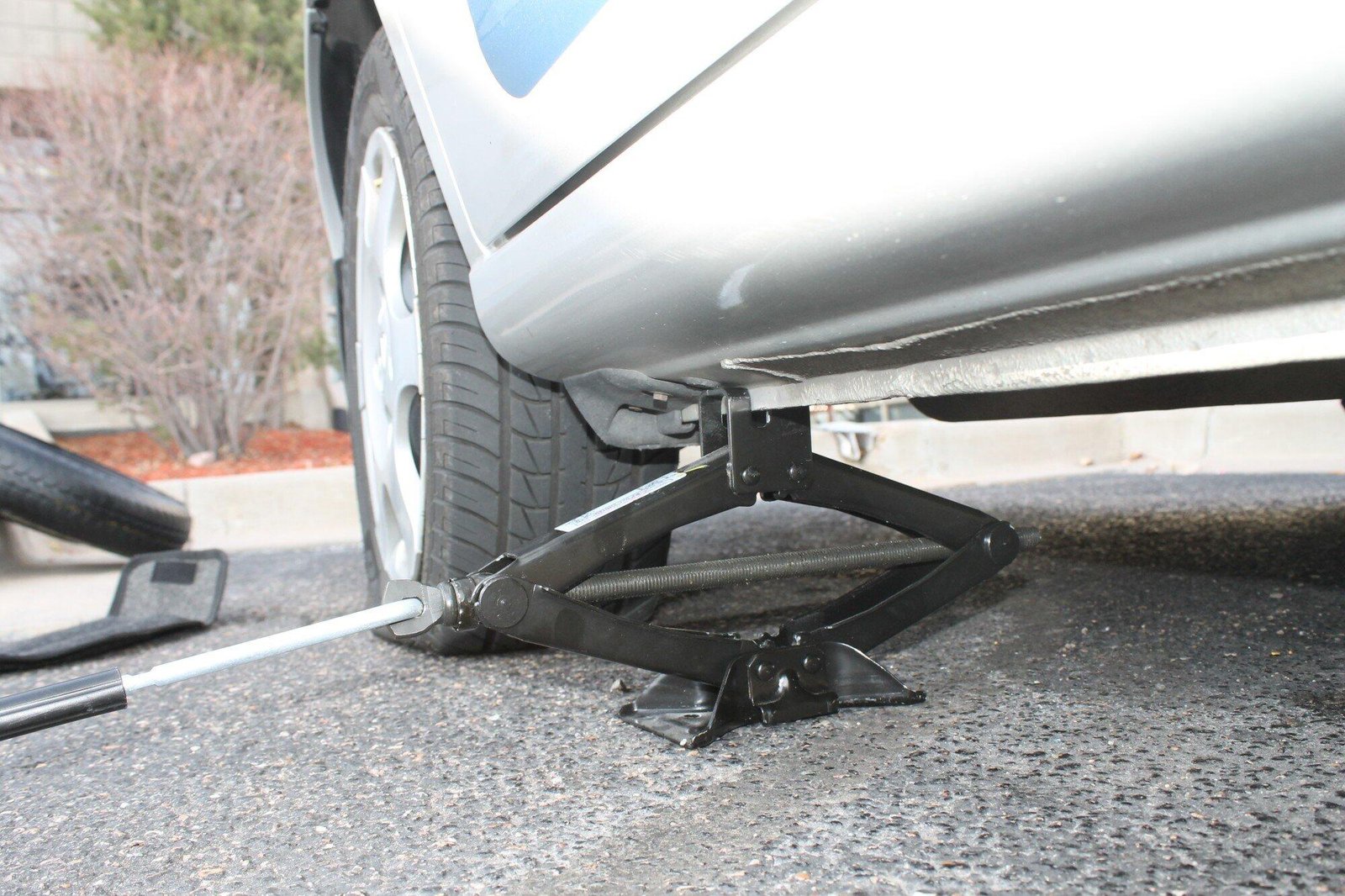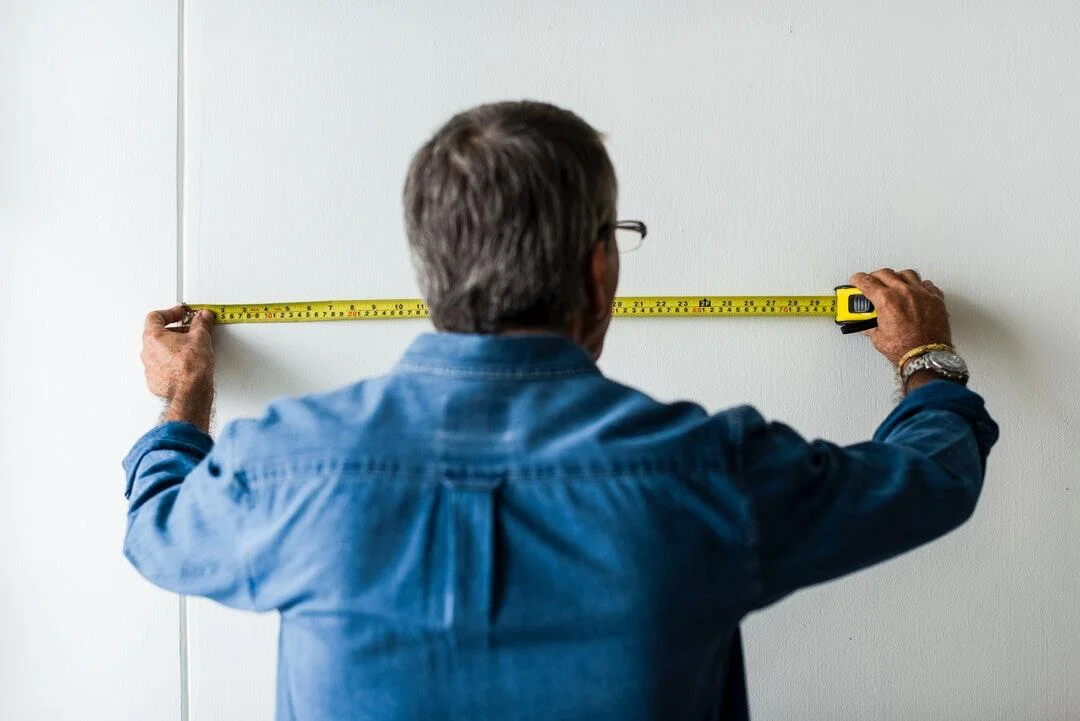Improving Fleet Performance through Tire Inspection and Maintenance
An efficient fleet is the backbone of many industries. This can start from transportation and delivery to construction and emergency services.
At the core of fleet efficiency lies one of the most overlooked components – the tire. Tires are the bridge between your vehicle and the ground.
They play a pivotal role in not just the mobility and agility of your fleet. It also plays a major role in its overall safety and performance.
In this comprehensive guide, we will explore tire inspection and maintenance as key pillars for optimizing fleet performance. Let’s begin!
Regular Tire Inspections
Regular tire inspections involve visually checking the condition of each tire. This includes tread wear and any signs of damage or potential issues. It is recommended to perform these inspections at least once a month. But, ideally, they should be done before every trip.
In addition to visual inspections, it is also important to regularly measure tire pressure using a tire pressure gauge. Low tire pressure can not only lead to decreased fuel efficiency. It can also increase the risk of blowouts and other tire-related incidents.
It is important to maintain proper air pressure as recommended by the manufacturer for optimal performance. Experts who make use of a Tire Management System highly recommend having a proactive approach when it comes to tire inspections. This means regular check-ups even if there are no obvious signs of damage.
Proactive Maintenance Programs
Implementing a proactive maintenance program is essential for keeping fleet tires in top condition. This includes scheduled tire rotations and alignments. It also means replacing worn or damaged tires promptly.
Rotating tires at recommended intervals helps to evenly distribute wear and prolong the life of the tire. Alignments also play a crucial role in extending tire life. This is achieved by ensuring that the vehicle’s suspension is properly aligned, preventing excessive wear on one side of the tire.
A proactive maintenance program not only helps to optimize fleet performance. They also save costs in the long run by avoiding unexpected breakdowns and replacements.
Alignment and Balancing
Proper alignment and balancing of tires are important for both safety and performance. Misaligned or unbalanced tires can cause uneven wear, leading to decreased traction and stability on the road.
It is recommended to have tire alignment checked at least once a year or whenever there are signs of uneven wear or handling issues. Balancing should also be done during tire rotations and whenever new tires are installed.
Tire Retreading and Repair
Retreading and repair can be cost-effective options for fleet managers to extend the life of their tires. Retreading involves replacing the worn tread of a tire with new rubber, while repairs can fix small punctures or other damage.
However, it is important to note that not all tires are suitable for retreading or repairing and these processes should only be done by trained professionals following industry standards.
Tire Inspection and Maintenance Are Important
Tire inspection and maintenance are crucial components in maintaining an efficient fleet. Regular inspections and proactive maintenance programs help to optimize performance and extend the life of tires, saving costs in the long run.
Remember, a well-maintained tire is not just about keeping your fleet moving. It is also about also ensuring the safety of your drivers and others sharing the road.
Should you wish to explore more topics, visit our blog. We’ve got more!














Post Comment